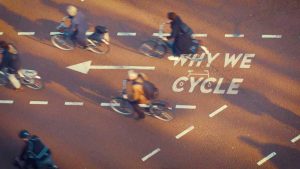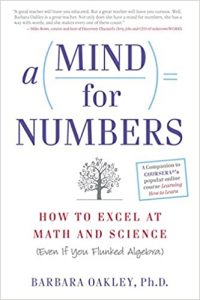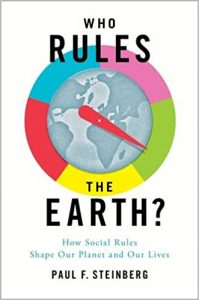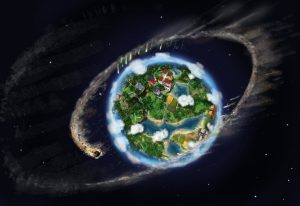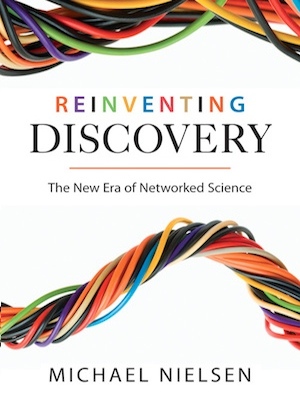 The book Reinventing Discovery by Michael Nielsen is a joy to read. Technological development enables the production of knowledge by a large group of people making small contributions, instead of the isolated inventions in 19th century science. Nielsen discussed examples like the Polymath project where mathematicians – from field medalist to high school students – collaborate to solve problems, the GalaxyZoo (classifying galaxies) and Foldit (folding proteins). These success stories brought large number of people together – often non-specialists – to solve problems faster and better than individuals may do. Key components for success are the ability to split the problem in smaller modules, and clear measures of performance (getting a score when folding proteins).
The book Reinventing Discovery by Michael Nielsen is a joy to read. Technological development enables the production of knowledge by a large group of people making small contributions, instead of the isolated inventions in 19th century science. Nielsen discussed examples like the Polymath project where mathematicians – from field medalist to high school students – collaborate to solve problems, the GalaxyZoo (classifying galaxies) and Foldit (folding proteins). These success stories brought large number of people together – often non-specialists – to solve problems faster and better than individuals may do. Key components for success are the ability to split the problem in smaller modules, and clear measures of performance (getting a score when folding proteins).
So citizens start solving science problems, but a harder problem is to have scientists doing research in the open, Open science, which enable others to build on it. The incentives structures in Science are perverse to stimulate discovery. In fact we use incentives structures from the 19th century ignoring the potential increase in knowledge production if we use a 21th century approach. This networked open science approach aspired by Nielsen experience major challenges due to the incentives of scientists to publish results in high profile journals, but not getting recognition for sharing data and/or computer code, which are often the main outcomes of a project.
As we experience in the development of openabm scientists like to download the models of others, but are reluctant to archive their own work. Furthermore, journals are reluctance to increase the standards of transparency and sponsors like the National Science Foundation require data management plans but do not invest sufficiently in cyberinfrastructure to make this possible.
Although there is self-organization at the small scale in the science community, the sponsors need to step up and invest seriously to make a science for the 21th century possible.


